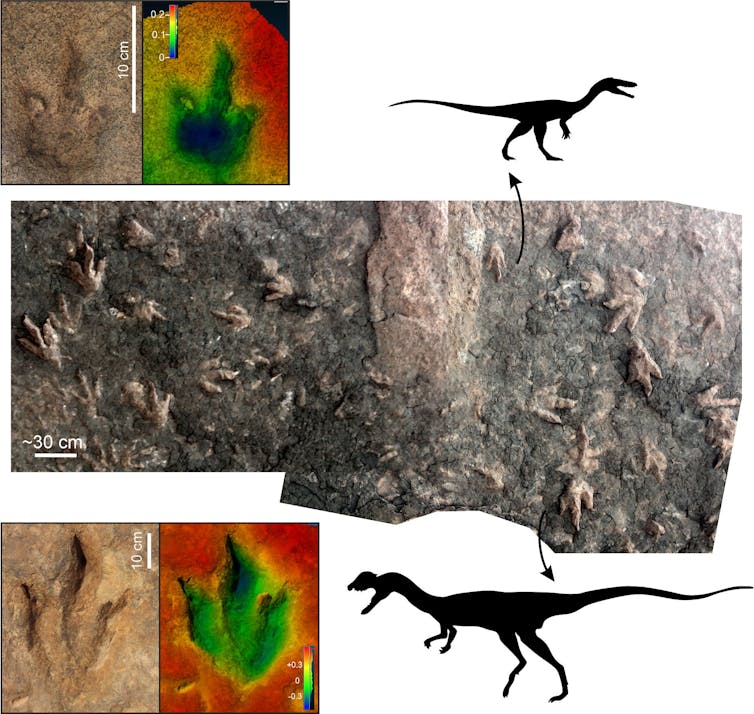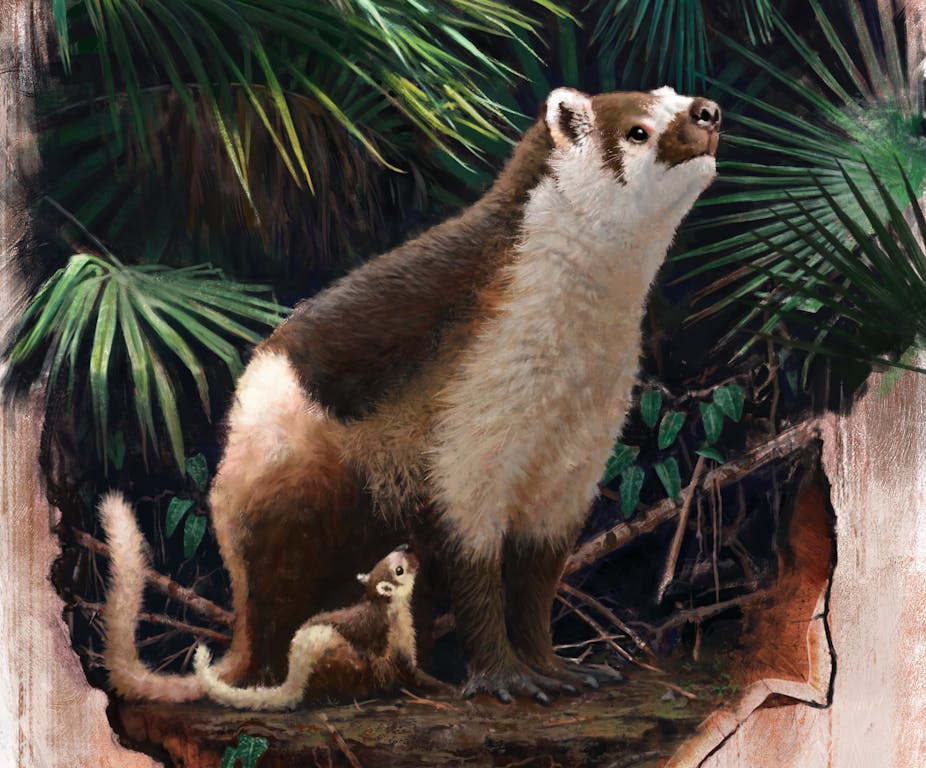Dinosaur Footprints in the Karoo
A correspondent sent me THIS LINK some time ago. It got lost in my inbox but thankfully it came to light today.
Dinosaur study in the Karoo of Southern Africa (Late Triassic-Early Jurassic) is hampered by the paucity of body fossils. But there are lots of trace fossils. In this study these are mainly footprints.
Over 200 footprints covering a time span of 35 million years were measured and the conclusion reached was that theropod dinosaurs increased in size by 40% over the period.
Also there were three different types of theropod footprint, therefore three different species. But body fossils are found for only two species.
So, in Southern Africa, fotprints tell you more about dinosaurs than body fossils. The study continues.


